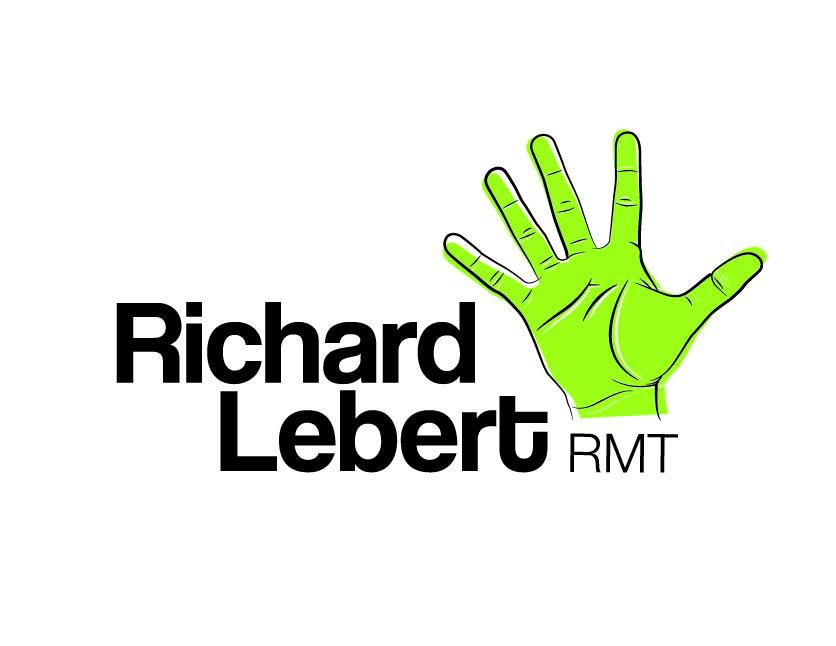Highlighting New Research: Biological effects of direct and indirect manipulation of the fascial system. Narrative review
/Here is a paper released early in 2017 in The Journal of Bodywork and Movement Therapies that provides a narrative review of proposed effects of indirect and direct techniques.
Article: Biological effects of direct and indirect manipulation of the fascial system. Narrative review. Journal of Bodywork and Movement Therapies.







